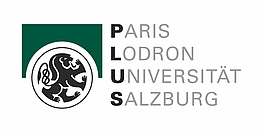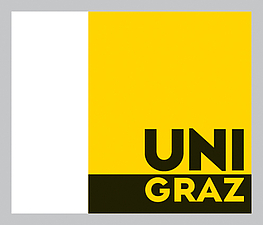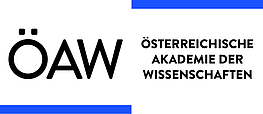Quasi-Monte Carlo Methods: Theory and Applications
FWF Special Research Program (SFB)
Project Part 09 (F. Pillichshammer): Digital Nets and Lattice Based Integration Rules
SFB funding period 2 (2018-2022)
The central objects of this project part are digital nets and sequences as well as (polynomial) lattice point sets. All these point sets and sequences have important applications as integration nodes in quasi-Monte Carlo (QMC) rules.
The problems that will be considered can are grouped into three overall topics. (A) The Discrepancy of point sets and sequences, (B) integration and approximation of functions over $D \subseteq\mathbb{R}^s$, and (C) general polynomial lattices and Kronecker sequences.
In (A) we will be concerned with the discrepancy of digital nets and sequences and of lattices. One central object is the Halton sequence for which we aim at finding the exact order of $L_p$ discrepancy for finite $p$. A further question is concerned with point sets in arbitrary dimension whose (weighted) discrepancy is bounded independently of the dimension.
In the second overall topic (B) we will be concerned with integration and approximation problems for functions from important function spaces such as the Hermite space or the Korobov space. Here we assume that the dimension $s$ of the input variables is very large. We are interested in algorithms which can achieve the optimal convergence rates for the considered function spaces as well as tractability properties. Another topic in this group is the $\varepsilon$-truncation dimension: When is it possible to approximate the original function of very many variables by the same function; however with all but the first $k$ variables set to zero, so that the corresponding error is small?
In the third group of problems (C) we study general LPSs. In particular we aim at finding a polynomial/digital analog of the Frolov rule.
SFB funding period 1 (2014-2017)
In QMC integration, point sets with good distribution properties are required. There are two main ways to choose these point sets. The first class of quadrature points are lattice point sets, which were introduced independently by Hlawka and Korobov in the 1950s and the second main class are digital nets, comprising the important sub-class of polynomial lattice point sets, and digital sequences, as introduced by Niederreiter in the 1980s. It is the primal aim of this project part to push the research on these point sets and sequences. The problems considered can be grouped into three overall topics: 1. the explicit construction of point sets for QMC, 2. the analysis of problems with higher and even infinite smoothness and 3. the analysis of new concepts of sequences such as hybrid sequences or hyperplane sequences. In all three topics, digital nets and sequences as well as lattice point sets play an important role. In 1. we aim at giving explicit constructions of polynomial lattice point sets with low star discrepancy and digital sequences with low mean square discrepancy. In 2. we study integration and approximation of smooth functions based on tent-transformed lattice point sets and integration of analytic functions based on regular lattices. In 3. we analyze distribution properties of hyperplane sequences and of hybrid sequences made of lattice point sets and digital sequences with respect to the star discrepancy.







